Colin Brooks is Head of Digital Development at the Whitney Museum of American Art. After graduating from Grinnell College with a degree in computer science, Colin worked in software development at Korrio, a youth sports-focused startup. He then interned at the Museum of Modern Art and the Whitney Museum while working on his MA in Art & Art Education at Columbia University. Colin has been at the Whitney for nine years, working in web and digital development.
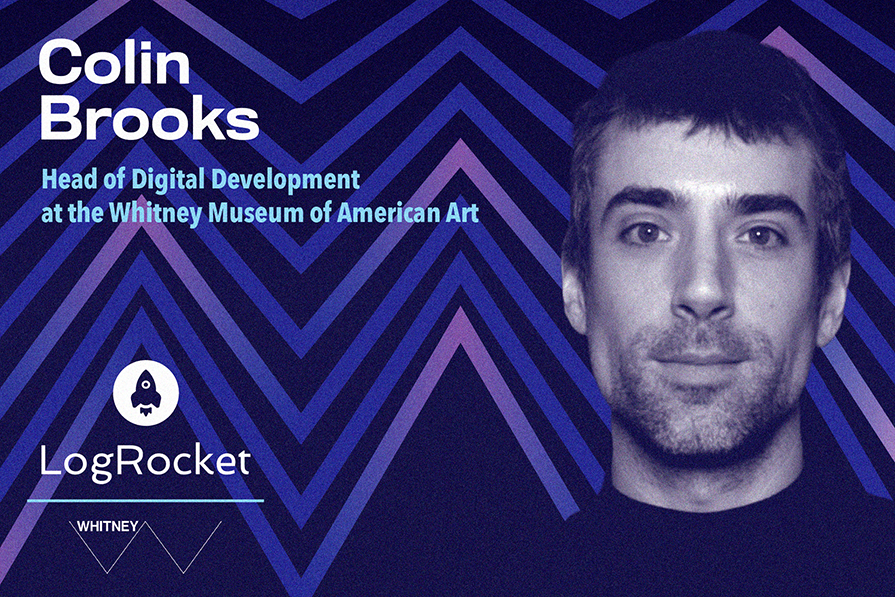
In our conversation, Colin talks about how digital product management influences a legacy, traditionally in-person institution — The Whitney Museum of American Art. He shares the challenges of measuring digital success for art initiatives and how they differ from traditional ecommerce offerings. Colin also shares his thoughts on the fine line between art and AI technology.
I think the Whitney’s role as a legacy institution actually adds some interesting layers to the way that we think about digital work. We are a contemporary art museum, so we work with artists who push boundaries, engage creatively with new technologies, and do a lot of innovative work overall. Our role is partly to showcase that work, so it wouldn’t track if we didn’t leverage that innovation. The work itself often pushes us to think about things differently as we figure out how to tell the artists’ stories and where their work sits in this cultural moment.
For product thinking in general, that lens gets a little bit trickier. While contemporary museums are, in general, engaged to think about what’s happening in the world, it doesn’t necessarily mean that the digital function works that way. Every institution approaches this a little bit differently, and it depends on where you sit within it. Are you part of a comms team? Are you part of an IT team? Are you part of curatorial or education?
Depending on the area you work in you may be encouraged to think about product differently, especially in terms of the way you approach onsite vs. offsite experiences.
Museums are often very consensus-driven, partly because there are so many functions and areas of expertise. In general, people come here with really different perspectives, including the artists. It could be something as small as the artist wanting to put a carpet into a display, but that might create mobility challenges the access team now has to solve.
We experience this across the institution at large. I might have a goal for what’s good to put online, but it might not line up with what our curatorial or education teams want to do, for example. Maybe the artists have a particular lens around their social media promotion, so all the posts need to cater to that. As a result, we do a lot of consensus-building. Though that makes it challenging to have coherent, consistent digital strategy, it’s also a reflection of the way that a museum has to operate.
I often try to reinforce how big our non-museum-going audience is. Many of our teams are focused primarily on getting people physically into the building. The Whitney is a physical place, but there are a significant number of people who will never be able to come visit us, which is an interesting challenge especially for an institution that is positionally thinking about a community.
The reality is that while most people will never be able to go to the actual museum, that doesn’t mean that they’re not interested in the art, artists, and stories that the museum holds. What we do is geared toward the exhibition cycle, but we also have long-tail opportunities to engage in other ways.
Sapponckanikan is an augmented reality app that shows tobacco plants waving in the wind. We first showed the app in 2019 as part of a temporary exhibition. You’re supposed to see it in the lobby, mediated through your phone, as a window to how things might have looked hundreds of years ago.
In 2019, the artists handled everything about the digital experience, from creating the app to managing it in the app stores. In 2024, we acquired the app with the expectation that it was going to go in a new show, but in the intervening time, the iOS and Android SDKs had updated, the third party library that did plane detection had updated, and Google had updated their guidelines for AR experiences to require new language. The app could no longer be built and submitted as it was, and it had to be significantly updated.
To some extent, we had to start over. Moving from having the app in a one-off temporary show to now owning it and, as a result, having to update and care for it indefinitely, was a confusing process. We have to be able to continue to build the app. We needed to know everything about the Unity framework around it and how the export process worked, how third party tools or plugins were involved, how to prepare builds for different platforms and make sure they all worked as expected. This took months of work with the artists.
After reaching what I thought was the end of the app rebuild, it got rejected by the iOS App Store for not meeting minimum functionality. And this is challenging because it’s art. “What is the minimum functionality of a piece of art?” is not a question I can answer by debating an App Store reviewer in the comments.
I would have liked for this to transition to a web-based work, but there are still too many limitations to make that work. The web offers a lot of advantages over native apps, one of the largest of which is not having to constantly rebuild projects based on changing rules by Apple or Google.
It does have a very nice alignment to that question, “What is art?” People are going to have different reactions to it, and it is a bit scary as a person who’s trying to do it justice. If it hadn’t worked, then what? It’s not something people are necessarily thinking about as part of an exhibition planning process.
At a certain point, artists aren’t responsible for this — it’s what conservation teams do. It’s great when they do think about this aspect, but we can’t have an expectation that a person creating digital art will think about how it works on a phone for the next decade.
It’s tricky. When I started, I was interested in bringing a data-driven approach to looking at which features worked on the site, what UI needed updating, etc. It’s so different when you’re trying to sell a ticket or a membership compared to making a set of art-making materials for New York City high school teachers to use, for example. What numbers indicate success? There are so many areas where the numbers don’t matter or are not relevant to something that we did. It feels very arbitrary sometimes.
When it comes to the digital art experience, the online collection, how we’re showcasing artists or talking about them, etc., it’s so much more dependent on what the artists want. What are the curators trying to get across through a show? Some institutions have split those two sides of their product development paths, but the Whitney is not big enough to do that.
It’s weird to sometimes say, “Well actually, the data might not matter at all here. I don’t know what success looks like.” Artists aren’t always making art to be super popular, so gauging success is often niche. Part of our job is to make the niche more palatable or accessible to people, and sometimes that’s possible and sometimes it’s not. So there are really different verticals with different goals within our digital product landscape.
Yes — so much of the experience of what a museum does is driven by the curatorial programming. That might be 70 percent of somebody’s experience, but there’s a large chunk of work that goes on behind the scenes to respond to visitor feedback. We do all kinds of audience intercepts, such as one-question surveys and other online polls, to gauge if we’re delivering what people expect.
But even when we know what people want, sometimes the solutions are fraught with challenges. Video, which we do a lot of, is a good example. It’s hard to sit down in a gallery for 25 minutes and watch something, but we also can’t always get that same video to display online due to licensing and other concerns. Or for an audio guide, visitors get frustrated with how long it takes to set up. Is it a number you punch into your phone? Is it a QR code? Is it an NFC tag?
These considerations have a lot of factors. If we’re changing labels in the museum to have audio guides, that ropes in curatorial and graphic design. If we shift to NFC stickers or Bluetooth beacons, who’s changing the batteries? Are the walls moving too often? Where do we put those?
There’s an infinite amount of work to make things better, but the solutions are tricky, too. Sometimes, we have to say, “We can’t really do much better given all the constraints. We have to wait for this technology to improve a little more.” A lot of these requests from visitors are self-evident, but they’re hard to fix.
First, I want to give all the credit in the world to our digital art curator, Christiane Paul, who has run our digital art program for almost 25 years. It’s one of my favorite things that we do. On the Hour is a digital art project that appears on our website and temporarily disrupts the site as an information platform. This is a great reflection of how the Whitney is not just the building but also our digital footprint. It’s limiting to think about it as a physical institution only, especially when we’re talking about contemporary digital work.
On the Hour is a neat opportunity to say, “OK, for 12 minutes every day, you’ll see an artist’s project.” I think it’s akin to seeing something unexpected, like a sculpture hidden in a stairwell at the museum. It’s a surprise moment. It might not be a piece that everyone likes, but that’s OK. We are pretty accustomed to that in our physical location, but for whatever reason, we don’t tend to do it online.
Some people’s initial concerns were that it might interrupt somebody. Is it going to distract from other needs on the website? My pushback is always that we’re an art museum — part of what we do is to show people things that they don’t know that they want to see or that they might like. Our mission is exactly this type of work. Hopefully, you get a little bit of surprise and delight from it, and maybe that pushes you to become more engaged with what the Whitney does.
On the Hour is also a rare moment for sometimes less famous artists who don’t get traditional big-institution acceptance. They get to take over our very visible website and do something different with it. They can muck with the actual code if they want to or just lay their work over the top of it. It’s up to them. This is something I wish more places did — it’s respectful and reflective of net art in general.
A lot of what we do, which a lot of other institutions aspire to do as well, is let the artists speak. And in the current moment, that’s especially interesting because there isn’t much agreement. There are a lot of big social issues represented in something like LLM data sets, which were present in other ways before, such as in the ethics behind using Amazon Mechanical Turk to tag artwork objects. Is it OK to pay people cents on the dollar to do this type of work?
Society is still grappling with what’s OK and what isn’t when it pertains to AI and technology. The art we show is a reflection of that grappling — and it’s not really clear one way or the other. On the flip side, it’s good for exploration, where someone can use technology to explore art using augmented reality and things of that nature.
Regarding the relationship between digital development and creating digital art, that’s a line that I think museums want to be clear and it really isn’t. This is something all curators experience when they work with artists. What does it mean when you’re in an artist’s studio while they’re working on something and you’re talking to them about it? Well, you’re influencing the product.
That happens directly in some of these digital mediums because, sure, the artist coded everything, but they aren’t necessarily thinking about what it means to show this in a gallery context. Or maybe they’re interested in the video aspect of what they made, and they have a vision for what the web interactive should be, but they might not know how to do that and hand it off.
We have projects that really run the gamut from being finished and handed to us to collaborating with artists from the beginning. To me, the collaboration is the coolest part of what I do because the artist has a concept. They know what they’re interested in, but there’s also expertise elsewhere. At the Whitney, we know a lot about how to show and display digital work. Some of the most successful projects have ended up pushing boundaries. It’s not how we’re “supposed” to traditionally work with artists and support them, but we collaborated with them to make some amazing work. Those have been great opportunities and experiences.
Especially lately with some of the technologies that these artists are using, it’s interesting how much we’re grappling with what to show. What limits do we need to put on something that accepts user-generated content? What’s the role of the museum for that? What do the artists care about? Those things aren’t necessarily the same. We have different concerns or risks. It’s really interesting and I really wish more places did it. It felt like in the early 2000s there was a ton of this, and I can see the wreckage of it online. However, there is not that much direct engagement with digital work in the way that our art program does right now.
I would love for it to come back, but I also feel like we’re in a moment of increasing complexity for these kinds of projects, and I don’t know that the durability will look the same as it has in the past. I’m hopeful that as things like WebXR or these creative coding tools have gotten a lot better that more work can be done within the browser context and really owned by artists. It’s very cool but it’s tricky, and I don’t know what any of that looks like long term. Hopefully a resurgence, but that remains to be seen.
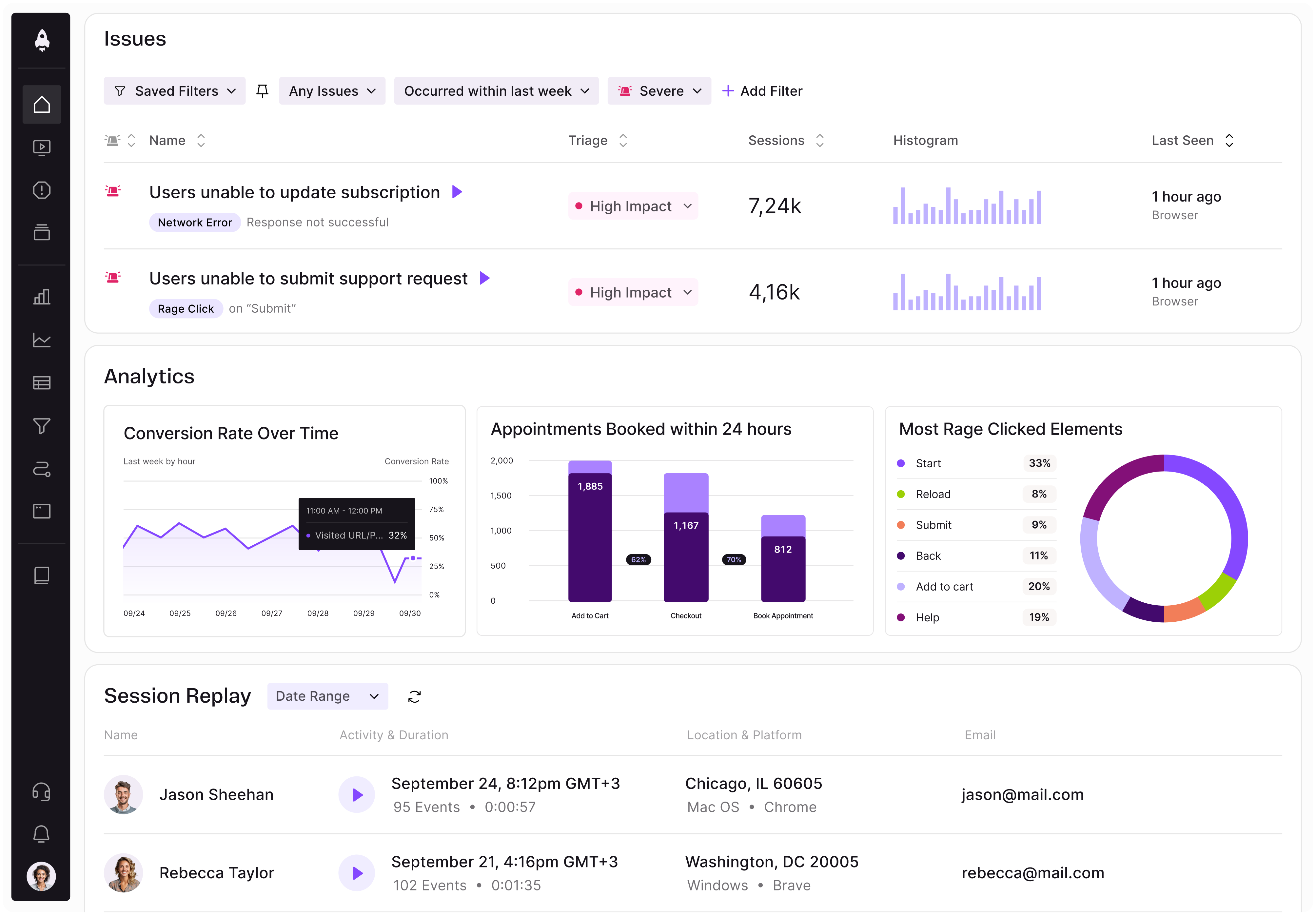
LogRocket identifies friction points in the user experience so you can make informed decisions about product and design changes that must happen to hit your goals.
With LogRocket, you can understand the scope of the issues affecting your product and prioritize the changes that need to be made. LogRocket simplifies workflows by allowing Engineering, Product, UX, and Design teams to work from the same data as you, eliminating any confusion about what needs to be done.
Get your teams on the same page — try LogRocket today.

A practical five minute revenue estimation method to help product managers compare ideas, drop low impact features, and prioritize smarter.
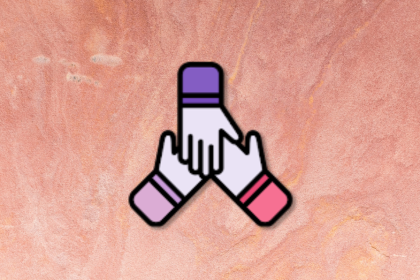
A practical guide for PMs who want to stop being bottlenecks, delegate smarter, and lead teams effectively with a clear ownership framework.
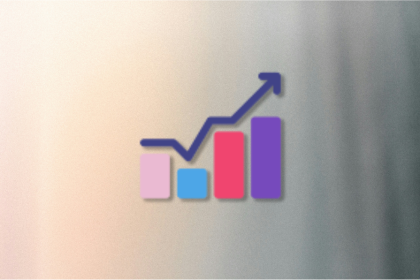
Stop letting unreliable data block features. Treat data as inventory to track quality, ownership, and ship with confidence.
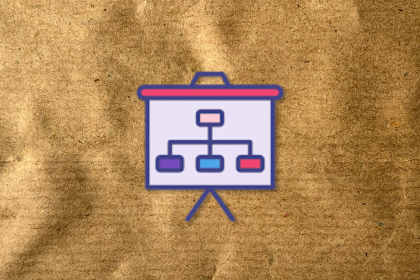
Learn why slide decks slow teams down and explore better tools like whiteboards, PRDs, and prototypes to improve collaboration and alignment.